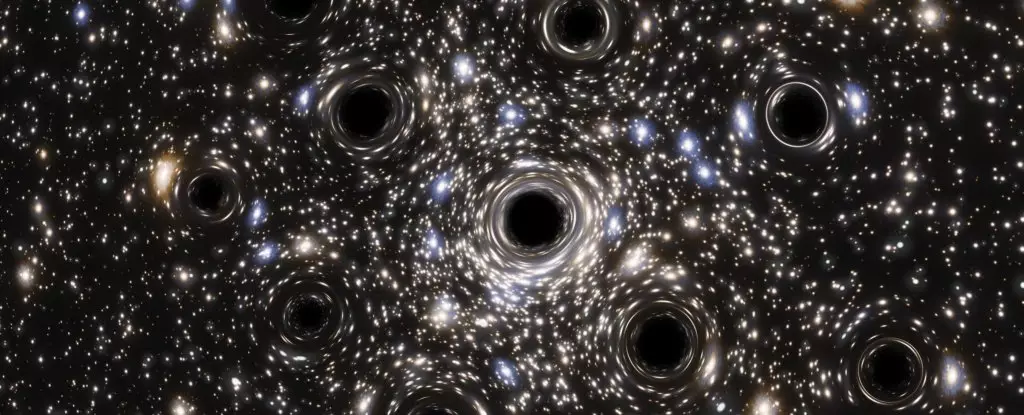The cosmos is a treasure trove of intricate phenomena, where globular clusters serve as significant relics from the universe’s formative periods. Among these clusters, Palomar 5 has emerged as a point of fascination for astronomical research. Situated approximately 80,000 light-years from Earth, Palomar 5 stretches across 30,000 light-years and contains a myriad of stars that collectively form a dense, spherical region. With estimates suggesting it houses around 100,000 to 1 million ancient stars, this cluster is emblematic of stellar populations that predate the galactic structures we observe today. These globular clusters, often referred to as “fossils” of the early universe, are vital for astronomers, providing invaluable insights into the formation and evolution of galaxies.
While globular clusters have long captured the attention of astronomers, a new phenomenon is reshaping our understanding of galactic dynamics: tidal streams. These elongated rivers of stars, which diverge from clusters and can span vast distances in the sky, were once challenging to identify. However, with the advent of the Gaia space observatory, capable of mapping the Milky Way with unprecedented precision, researchers have begun to unravel the complexities of these stellar streams. Mark Gieles, an astrophysicist from the University of Barcelona, emphasized in 2021 that while the origins of these streams remain largely enigmatic, the possibility that they derive from disrupted star clusters warrants significant investigation.
Among the handful of known stellar streams, Palomar 5 stands out as a unique subject for research. Its expansive tidal stream, which stretches over 20 degrees in the sky, raises questions about its formation and composition. No other identified tidal stream has been linked to an associated stellar system, making Palomar 5 crucial for understanding the genesis of these fascinating formations. Gieles and his research team have undertaken a comprehensive analysis of this cluster, utilizing intricate N-body simulations to explore the orbits and interactions of its constituent stars.
These simulations aim to model the evolution of Palomar 5, quite literally tracing its cosmic journey through time. A significant factor in the study is the suspected presence of a population of stellar-mass black holes at the heart of the cluster. The potential interactions between stars and black holes complicate the dynamics within these systems, leading researchers to theorize that gravitational interactions could expel stars from the cluster into the tidal stream. This hypothesis challenges traditional beliefs about the structural integrity of globular clusters and their role in galactic evolution.
To assess the role of black holes in Palomar 5, Gieles’s team incorporated these elusive entities into their simulations. The results were astounding, indicating that the number of stellar-mass black holes could be significantly higher than previously inferred, with estimates suggesting a threefold increase compared to the expected figures based on the star population alone. Approximately 20% of the total mass of Palomar 5 may consist of black holes, each weighing around 20 solar masses. This finding holds substantial implications not only for Palomar 5 but also for the understanding of other globular clusters within the Milky Way.
The hypothesis emerges that these black holes formed during supernova explosions from massive stars in the cluster’s youth. As time unfolds, the simulations indicate that Palomar 5 is on a trajectory to dissolve entirely within the next billion years. The remnants of this cluster will likely coalesce into a population of black holes, orbiting the galactic center. This dissolution pattern posits that Palomar 5 may not be a unique case, as similar fates may await other globular clusters scattered throughout the cosmos.
The revelations surrounding Palomar 5 carry significant ramifications for the field of astrophysics. The presence of abundant stellar-mass black holes in globular clusters suggests that they may serve as sites for binary black hole mergers, a phenomenon crucial to understanding gravitational wave events. Nonetheless, estimating the actual number of black holes within these clusters poses challenges due to their undetectable nature.
Palomar 5 exemplifies the intricate dance of stellar evolution and the hidden populations of black holes that may reside within globular clusters. As researchers delve deeper into the complexities of tidal streams and black hole interactions, the cosmos continues to unveil its secrets, urging us to reexamine our understanding of the universe and the celestial bodies that inhabit it.


Leave a Reply